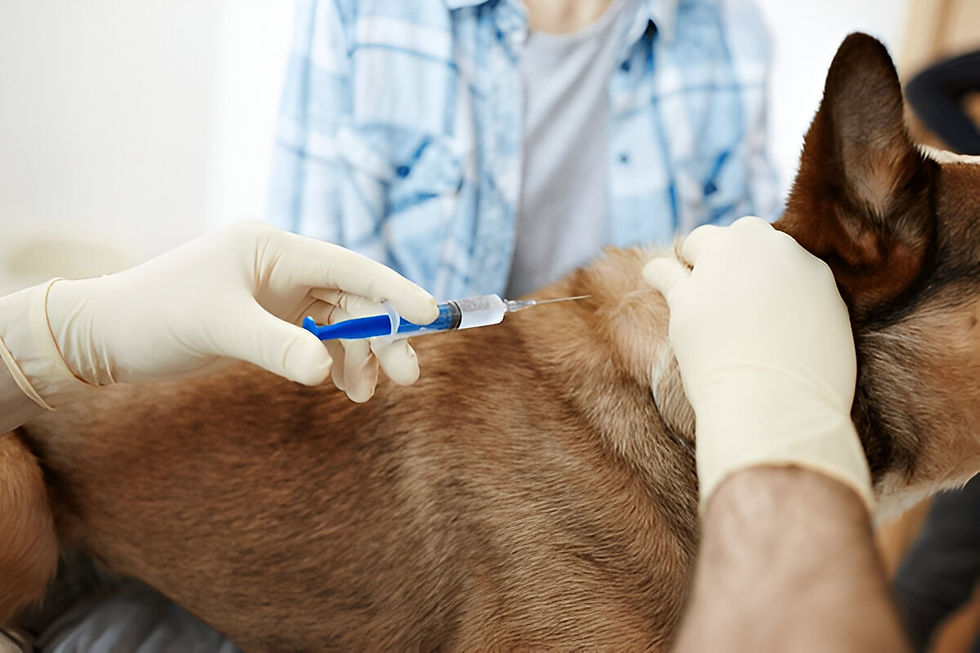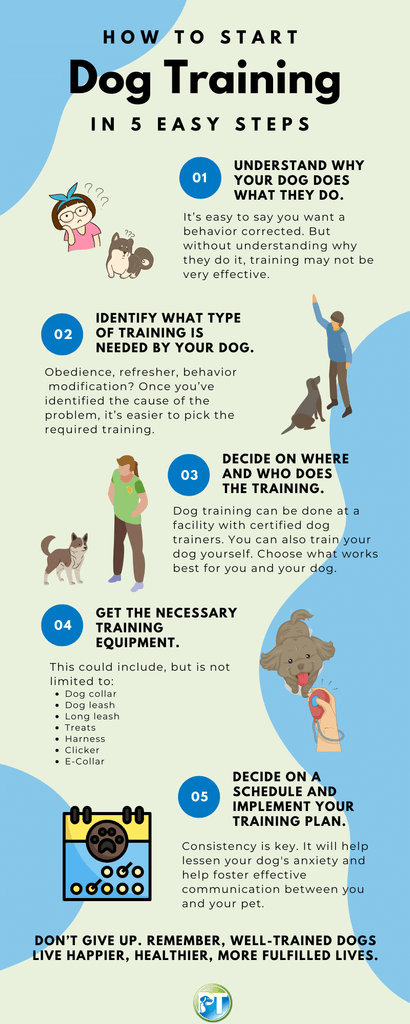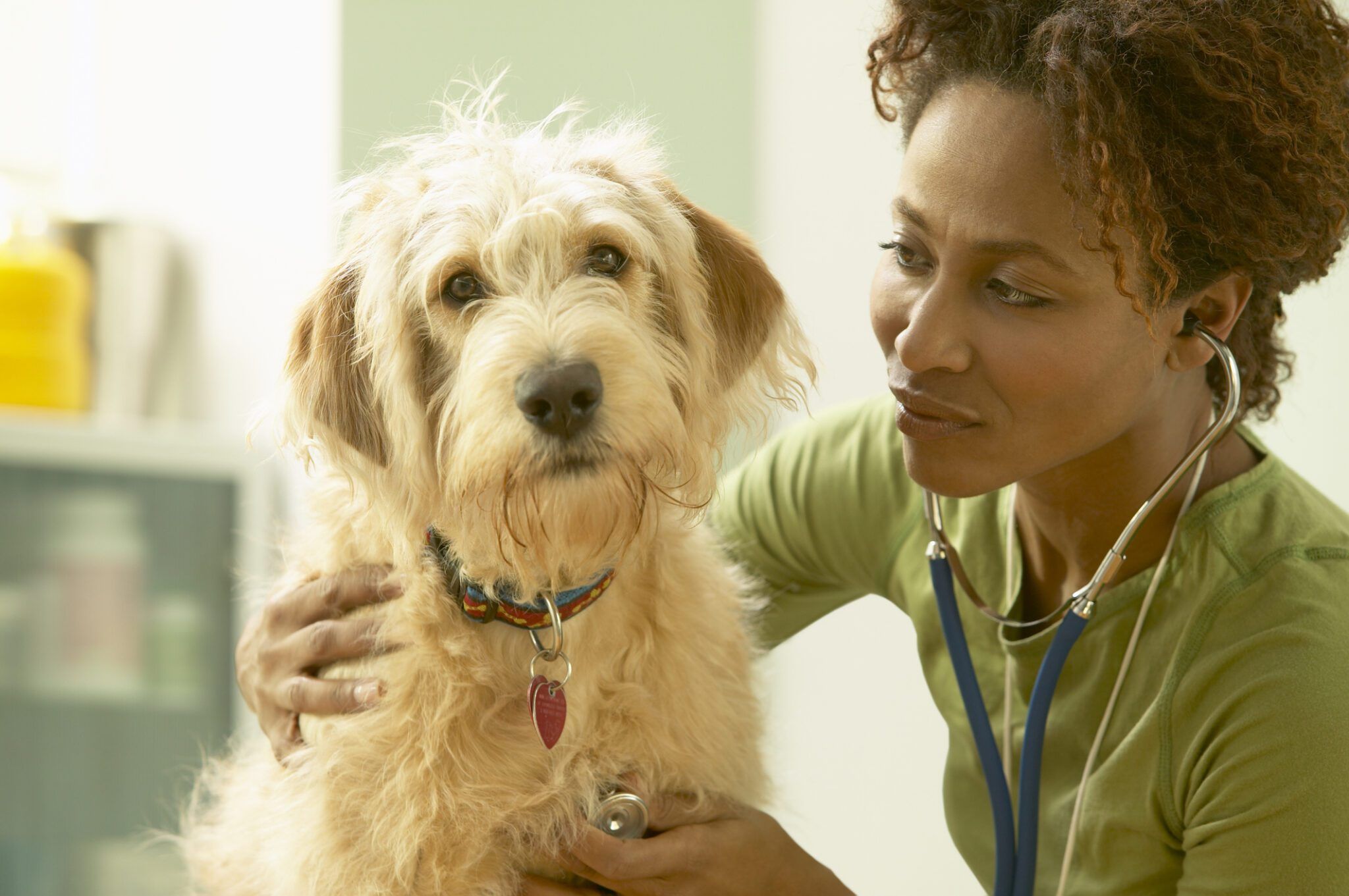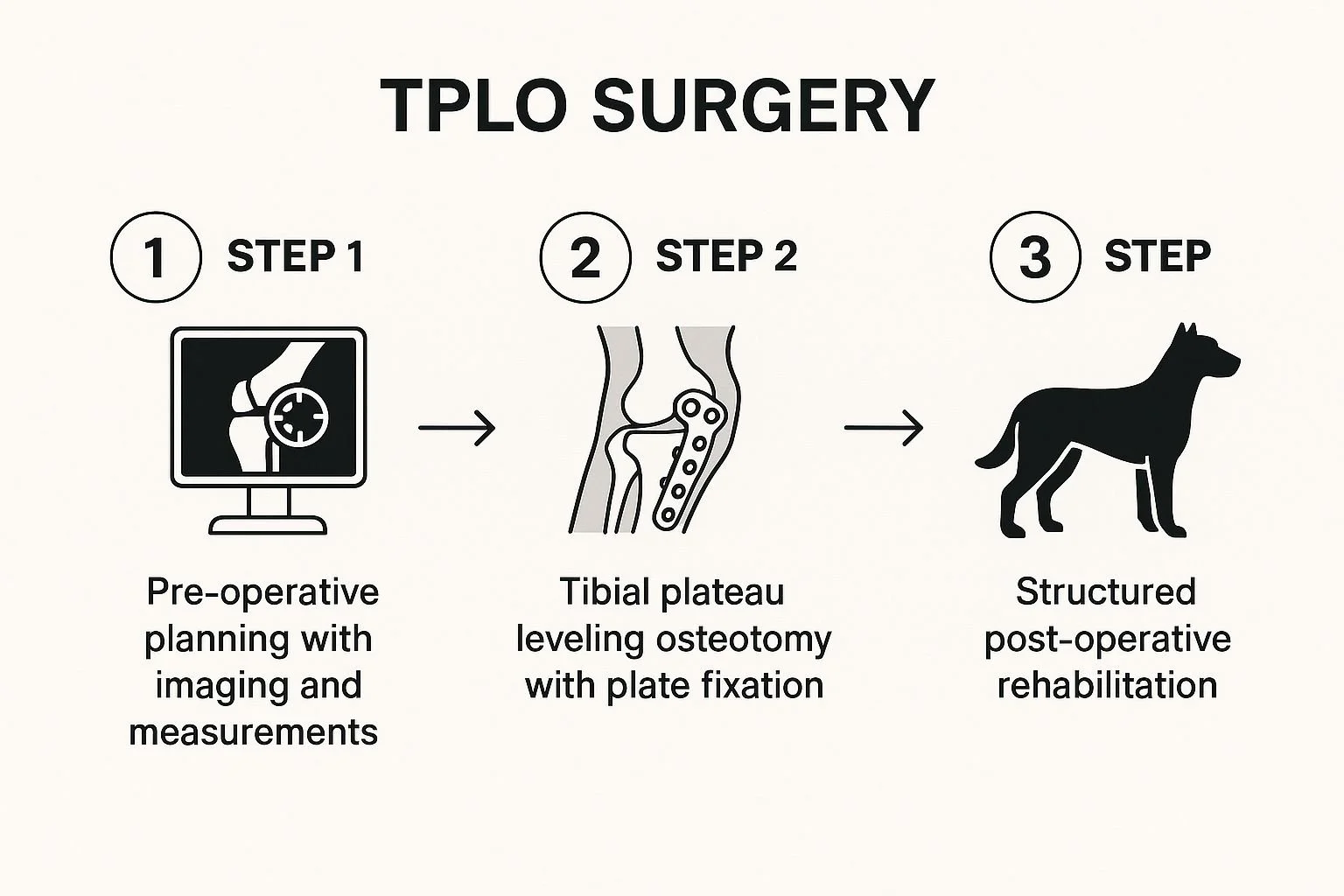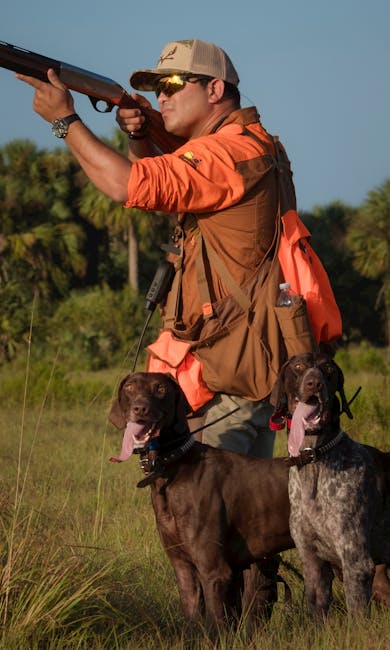Have you ever wondered what happens after a beloved dog is euthanized at the vet? It’s a tough topic, but understanding the process can bring peace during a difficult time.
When you face the loss of your furry friend, knowing how vets handle their remains with care and respect matters. You’ll discover the steps vets take and the options available to you, helping you feel more prepared and supported when saying goodbye.
Keep reading to find out what really happens and how your dog’s final journey is honored.
Common Reasons For Dog Euthanasia
Deciding to euthanize a dog is never easy. Understanding the common reasons behind this choice can help you navigate the process with more clarity and compassion. Many pet owners face this difficult decision due to various factors affecting their dog’s health and well-being.
Medical Conditions
Chronic illnesses and severe injuries often lead to euthanasia. Conditions like cancer, kidney failure, or advanced arthritis can cause unbearable pain or distress. When treatments no longer improve your dog’s condition, euthanasia may be the kindest option.
Have you ever seen a dog struggle daily despite medication? It’s heartbreaking but sometimes ending suffering is the most humane choice.
Behavioral Issues
Some dogs develop behavioral problems that pose risks to themselves or others. Aggression, extreme anxiety, or uncontrollable destructive behavior can make living together unsafe. If training and rehabilitation fail, vets might recommend euthanasia to prevent harm.
This raises tough questions: How do you balance your dog’s needs with the safety of your family and community? It’s important to discuss all options with your vet before making a decision.
Quality Of Life Considerations
Quality of life is a key factor in deciding euthanasia. Dogs that no longer enjoy eating, playing, or moving around might be suffering silently. Tools like the HHHHHMM scale (Hurt, Hunger, Hydration, Hygiene, Happiness, Mobility, More good days than bad) help assess your pet’s well-being objectively.
Ask yourself: Is your dog still living or just existing? Sometimes, choosing euthanasia means choosing peace over prolonged pain.
The Euthanasia Procedure
The euthanasia procedure is a deeply sensitive and carefully managed process that veterinarians carry out to ensure a dog’s passing is peaceful and painless. Understanding what happens during this procedure can help you feel more prepared and less anxious if you ever face this difficult decision. It’s important to know that vets prioritize your pet’s comfort and dignity throughout every step.
Medications Used
The main medication used for euthanasia is a drug called pentobarbital. This drug quickly causes the dog to lose consciousness without pain or distress.
Before pentobarbital is given, vets often use a sedative to help your dog relax and reduce any anxiety. This makes the transition smoother and less frightening for your pet.
Have you ever wondered why vets don’t use other types of anesthesia? It’s because pentobarbital acts faster and ensures a more peaceful passing, which is crucial in this process.
Step-by-step Process
- Initial Sedation:Your dog receives a sedative to calm their nerves and ease any discomfort.
- Injection of Euthanasia Solution:Once relaxed, the vet injects the pentobarbital solution, usually into a vein.
- Peaceful Passing:Within seconds, your dog loses consciousness and then stops breathing gently.
- Confirmation:The vet checks for vital signs to confirm that your pet has passed peacefully.
This process is designed to be quick and painless, minimizing any distress for both the dog and you. Have you thought about what questions to ask your vet to feel more confident about this procedure?
Emotional Support For Pet Owners
Vets understand how heartbreaking this moment can be. They often offer a quiet space for you to say goodbye and provide gentle guidance throughout.
Many clinics provide resources like counseling or support groups to help you cope with grief. Some vets even share personal stories to show empathy and make you feel less alone.
Remember, it’s okay to express your feelings openly. How do you think having this kind of support might change your experience during such a tough time?
Disposal Methods For Euthanized Dogs
After a dog is euthanized, veterinarians follow specific disposal methods to handle the remains respectfully. These methods ensure proper care and hygiene while honoring the pet’s memory. Choices depend on the owner’s wishes and local regulations. Understanding these options helps pet owners make informed decisions during a difficult time.
Private Cremation
Private cremation means the dog’s body is cremated alone. The ashes are returned to the owner in an urn or container. This option allows families to keep their pet’s remains close. It offers a personal and meaningful way to remember the dog.
Communal Cremation
Communal cremation involves cremating several animals together. The ashes are not returned to individual owners. This method is often more affordable. It is a practical choice for those who do not want to keep ashes.
Burial Options
Burial is another way to handle a euthanized dog’s remains. Some owners choose to bury their pets in pet cemeteries. Home burial is allowed in some areas but may require permission. Burial provides a physical place for remembrance and grief.
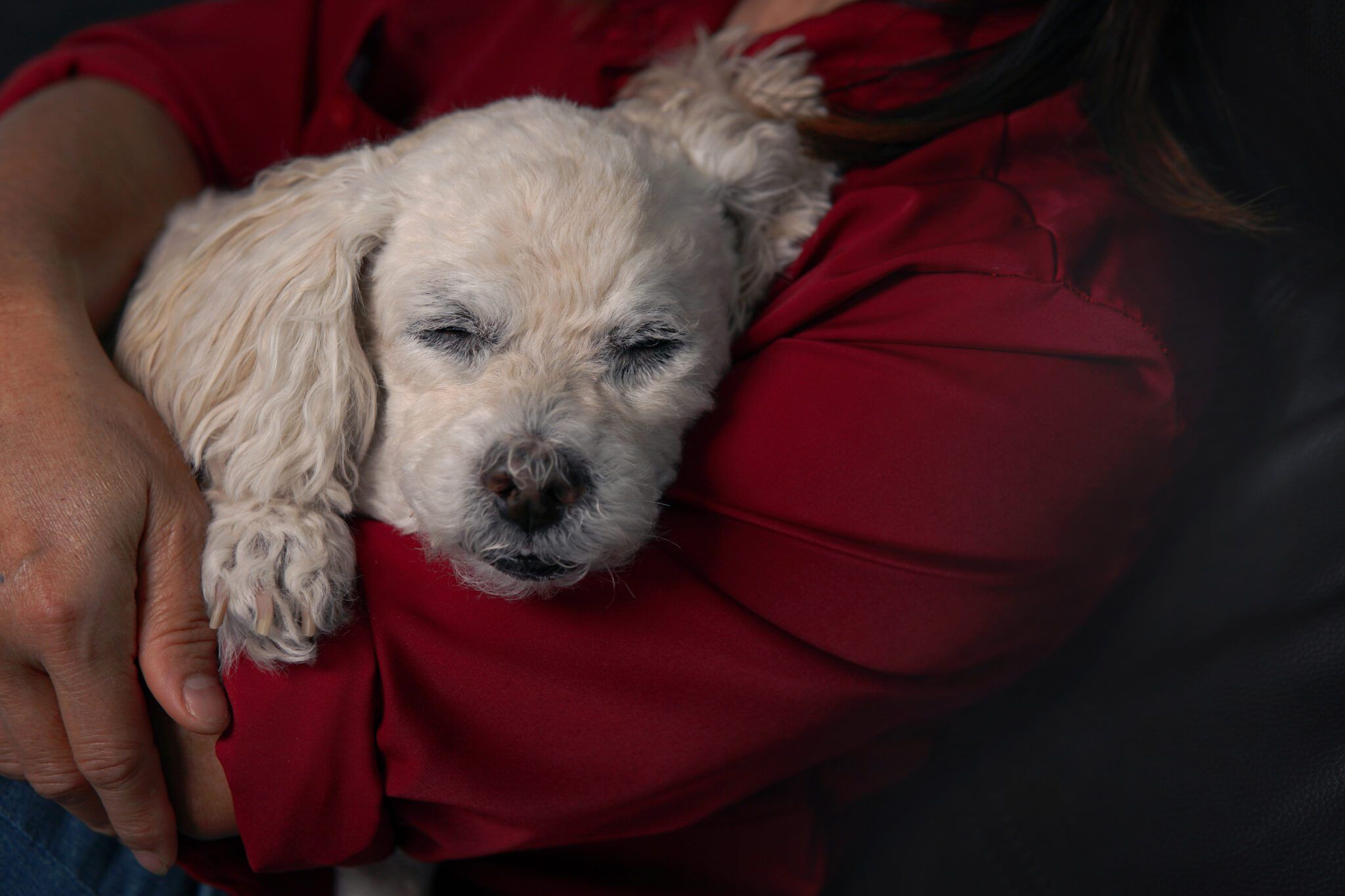
Credit: www.whole-dog-journal.com
Legal And Ethical Guidelines
Understanding the legal and ethical guidelines surrounding what vets do with euthanized dogs is crucial for pet owners and animal lovers alike. These rules ensure that the process respects both the dignity of the animal and public health standards. Let’s break down the key regulations and the ethical duties vets uphold.
Regulations On Animal Remains
Vets must follow strict laws about handling and disposing of euthanized dogs. These rules vary by location but generally include options like cremation, burial, or rendering.
For example, many states require that euthanized pets be cremated to prevent contamination or disease spread. Some areas allow burial on private property, but only if it meets specific depth and distance requirements from water sources.
Veterinary clinics often partner with licensed pet crematories or rendering facilities. This ensures remains are handled legally and respectfully, offering peace of mind to pet owners.
Veterinary Ethical Responsibilities
Vets have a moral duty to treat euthanized animals with compassion and respect. This responsibility extends beyond the procedure to how the remains are managed afterward.
Have you ever wondered how vets balance the emotional weight of euthanasia with these duties? Many share that following clear ethical guidelines helps them provide comfort to grieving owners while honoring the pet’s life.
Transparency is key—vets should clearly explain disposal options and legal requirements to you. This openness helps you make informed decisions during a difficult time.
Alternatives To Traditional Disposal
After a dog is euthanized, families can choose from several alternatives to traditional disposal methods. These choices offer comfort and respect for the pet’s memory. They also provide options that suit different emotional and environmental needs.
Pet Memorial Services
Pet memorial services create a special time to honor the dog’s life. These services can include ceremonies, gatherings, or personalized tributes. Many facilities offer urns, plaques, and keepsakes to remember the pet. Memorial services help owners find closure and celebrate their pet’s impact.
Home Burial Considerations
Home burial lets families keep their pet close. This option requires checking local laws and regulations first. The burial site should be in a safe, private area of the yard. Proper burial includes using a sturdy container to protect the remains. Home burial can provide peace and a personal place to grieve.
Eco-friendly Options
Eco-friendly disposal methods reduce environmental impact. One choice is biodegradable burial, which breaks down naturally over time. Some services offer water cremation, also known as alkaline hydrolysis, which uses less energy. These options honor the pet while caring for the planet. They appeal to owners wanting a greener way to say goodbye.

Credit: www.cbc.ca
Supporting Grieving Pet Owners
Supporting grieving pet owners is a crucial part of a veterinarian’s role after euthanasia. Losing a dog can feel overwhelming and isolating, and vets often provide guidance to help you navigate this difficult time. They recognize that your bond with your pet doesn’t end with their passing.
Counseling Resources
Many veterinary clinics offer or recommend counseling services to help you process your loss. Talking to a professional can ease feelings of guilt or sadness, and provide tools to cope with grief. Some vets even provide support groups where you can connect with others who truly understand what you’re going through.
If you’re unsure where to start, ask your vet for resources such as:
- Pet loss hotlines
- Online forums and support communities
- Local therapists specializing in pet grief
Would reaching out to someone who shares your pain help you heal?
Memorializing Your Pet
Creating a memorial can bring comfort and keep your pet’s memory alive. Vets often assist with options like:
- Cremation services, including private or communal options
- Memorial plaques or keepsakes using your pet’s ashes or fur
- Planting a tree or garden in your pet’s honor
Choosing a meaningful way to remember your dog can help you find closure. What special ritual or keepsake would feel right for you to cherish your pet’s life?
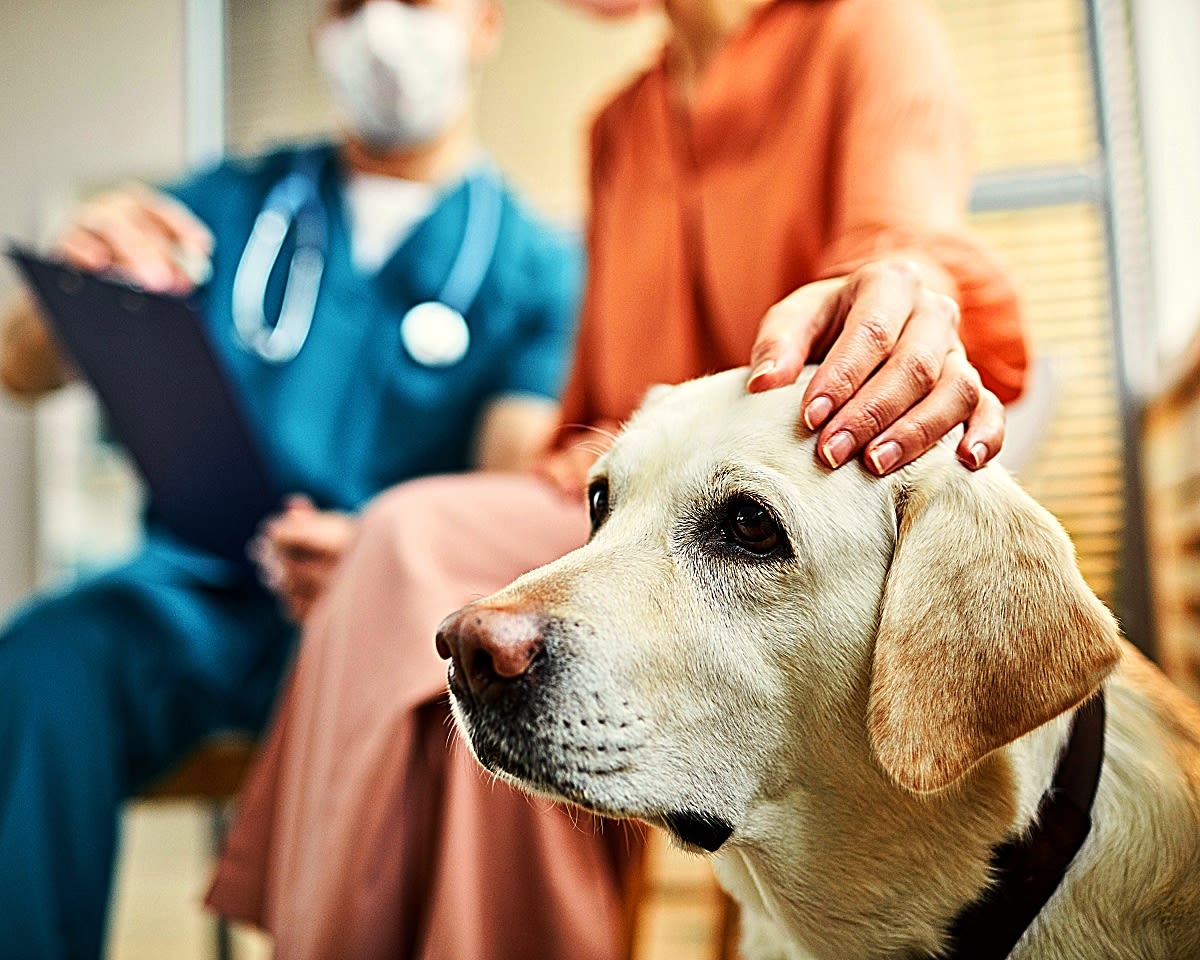
Credit: pethelpful.com
Frequently Asked Questions
What Happens To Dogs After Euthanasia At Vets?
After euthanasia, vets handle dogs respectfully. Owners can choose cremation or burial. Some clinics offer communal cremation, others individual. Proper documentation and care follow to ensure dignity and compliance with regulations.
Can Owners Keep Ashes Of Euthanized Dogs?
Yes, many vets provide ashes after cremation. Owners can request individual or communal cremation. Ashes are returned in urns or containers. This helps with emotional closure and remembrance.
Are Euthanized Dogs Used For Research?
Generally, no. Most vets do not use euthanized pets for research. Ethical guidelines protect pet remains. Owners usually decide on cremation or burial, not research use.
How Do Vets Ensure Humane Euthanasia?
Vets use approved drugs causing painless, peaceful passing. The process is quick, minimizing distress. Vets explain procedures to owners beforehand. Humane euthanasia prioritizes the pet’s comfort and dignity.
Conclusion
Veterinarians handle euthanized dogs with care and respect. They follow strict rules to dispose of remains safely. Some animals are cremated, while others may be buried. Many clinics offer options to pet owners. These choices help families say goodbye in their own way.
Understanding these processes can ease difficult feelings. Every pet deserves dignity, even after passing. Vets work hard to honor that promise. It’s a part of their care and compassion.

